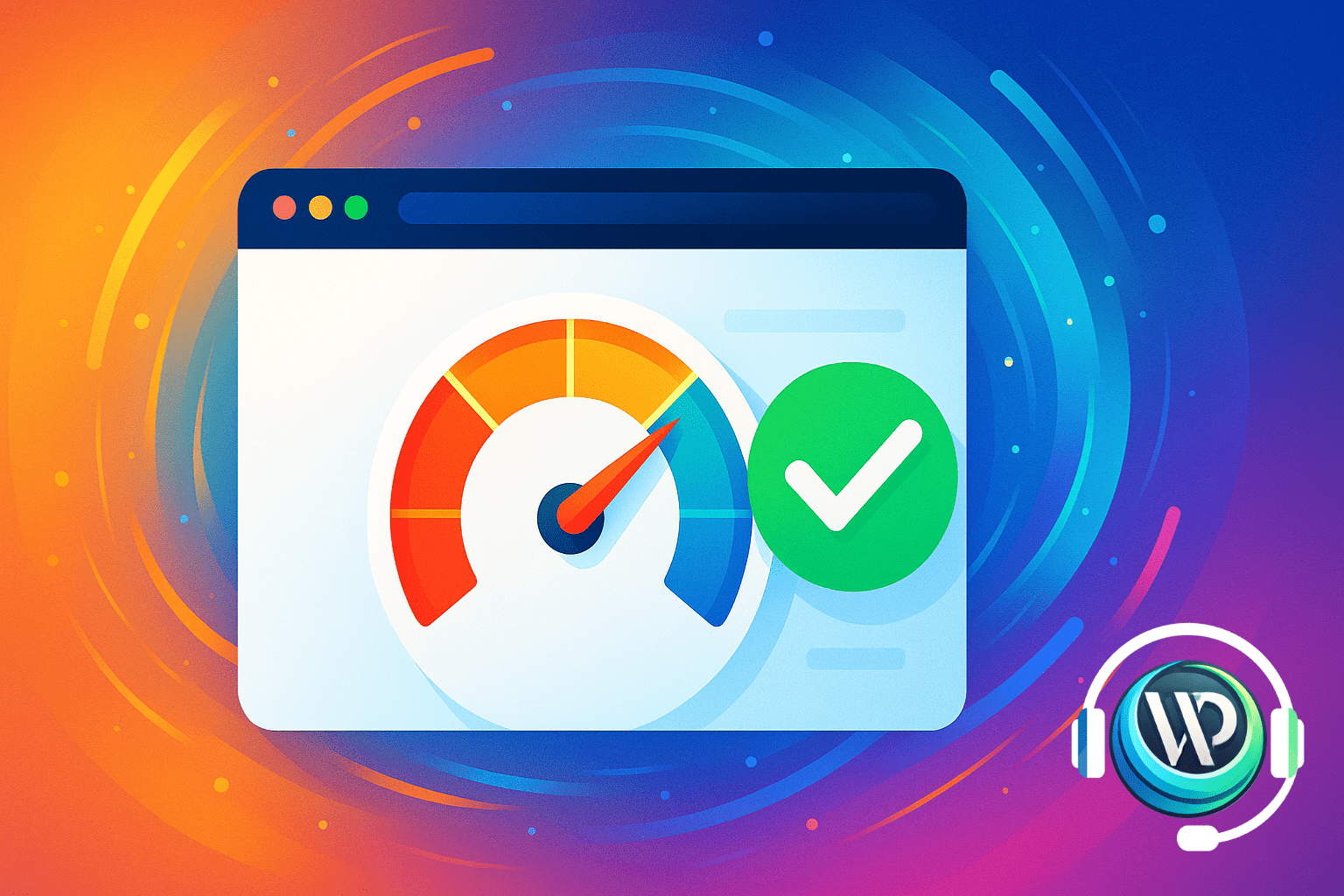
Improve your WordPress site speed with PageSpeed Insights and WP Curve
A fast-loading site not only delights visitors but also earns higher rankings on Google. Follow this easy guide, designed for non-techies, and make your WordPress load in a flash.
1. Why site speed really matters
-
Happier visitors: fast pages keep people engaged longer.
-
SEO boost: Google rewards quick-loading sites.
-
Higher conversions: speed drives sales and form submissions.
2. The role of Google PageSpeed Insights
Google PageSpeed Insights is a free tool that measures your site’s loading performance on desktop and mobile. Just paste in your URL and get:
-
A score from 0 to 100 for each device
-
Clear, jargon-free recommendations
-
Actionable tips to fix slowdowns
Think of PageSpeed Insights as your site’s performance thermometer: measure, improve, and re-measure.
3. Three key metrics explained simply
| Acronym | What it means | Target |
|---|---|---|
| LCP | When the largest visible content finishes loading | < 2.5 seconds |
| FID | How quickly your site responds to the first user interaction | < 100 milliseconds |
| CLS | How stable the layout is during page load | < 0.1 (almost no shift) |
4. Easy no-code optimizations
Even without developer skills, you can boost your PageSpeed scores:
-
Optimize your images
-
Upload compressed JPEGs/PNGs
-
Switch to WebP or AVIF formats
-
Enable lazy loading for off-screen images
-
-
Enable caching
-
Serve static versions of pages
-
Use plugins like WP Rocket or W3 Total Cache
-
-
Minify and combine files
-
Reduce the number of server requests
-
Recommended plugins: Autoptimize, WP Rocket
-
-
Improve font loading
-
Add
font-display: swapto CSS -
Avoid heavy external font libraries
-
5. Dedicated hosting: the ultimate speed boost
All the optimizations in the world can be held back by slow or shared hosting. With a WordPress-optimized cloud hosting plan from WP Curve, you get:
-
Dedicated resources—no more shared-hosting limits
-
SSD servers and HTTP/3 support for lightning-fast loads
-
Managed maintenance, automatic backups, and built-in security
Say goodbye to performance bottlenecks caused by “noisy neighbors” on the same server!
6. A simple workflow to follow
-
Initial test: measure your homepage and key pages.
-
Priority fixes: reduce image weight and enable caching.
-
Check your Core Web Vitals after each change.
-
Repeat monthly to keep your speed optimized.
7. SEO tips to get discovered
-
Use your main keyword (“WordPress speed”, “optimize WordPress”) in titles and opening paragraphs.
-
Create a short, descriptive URL such as
/speed-up-wordpress-pagespeed. -
Write alt text for images, e.g.
PageSpeed-Insights-WordPress. -
Break content into subheadings and lists for better readability.
8. Ongoing monitoring and maintenance
WordPress evolves constantly—new plugins or updates can slow you down. Make it a habit to:
-
Review Core Web Vitals every 3–6 months via Search Console.
-
Update or replace outdated plugins and themes.
-
Track user behavior in Google Analytics to see how speed impacts engagement.
By following these straightforward steps, even non-technical users can keep a WordPress site lean, fast, and ready to climb the search rankings. Happy optimizing!
![Vultr_logo_high_res[1] Vultr_logo_high_res[1]](https://b3400949.smushcdn.com/3400949/wp-content/uploads/2024/06/Vultr_logo_high_res1.png?lossy=1&strip=1&webp=1)

